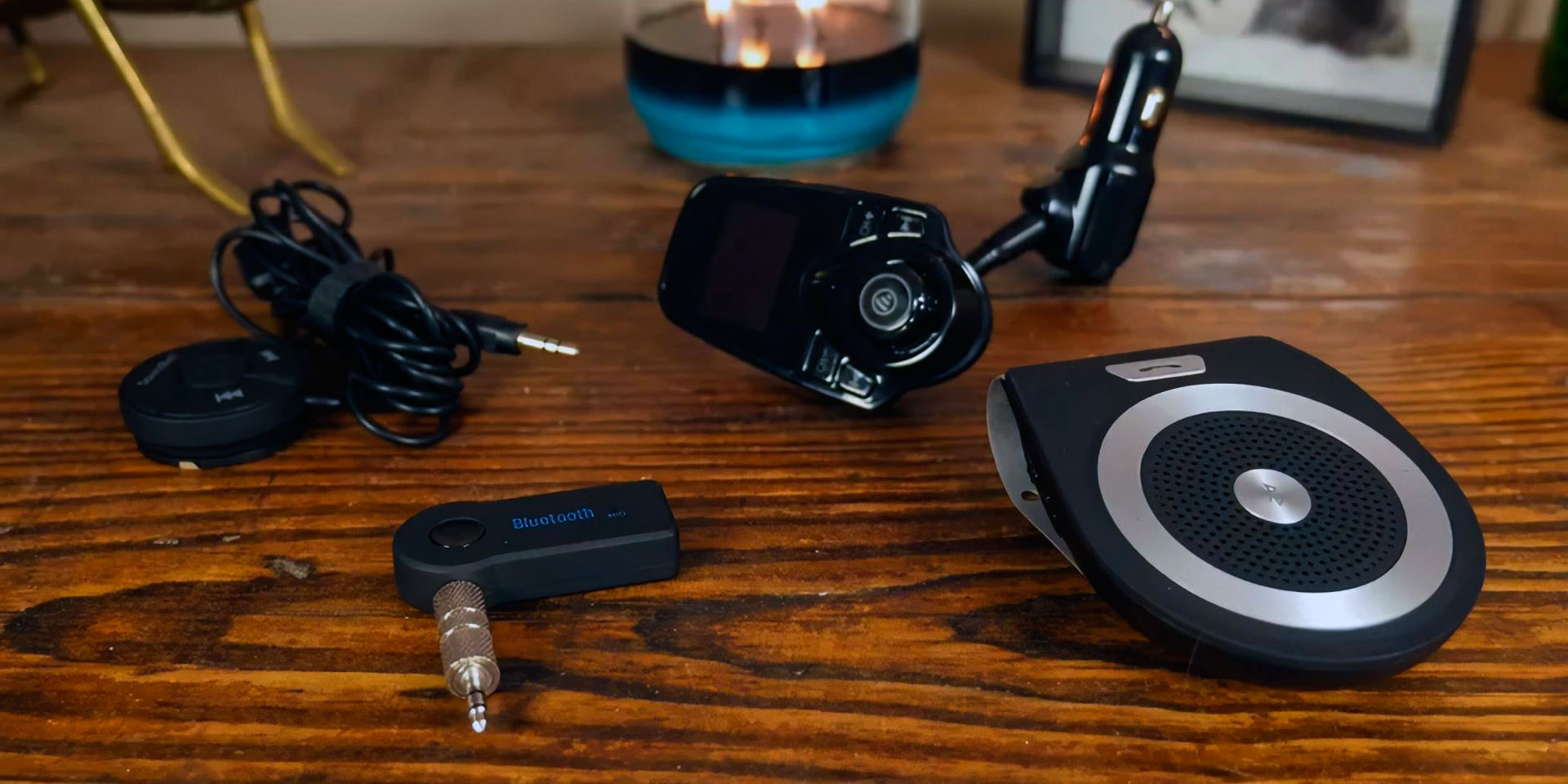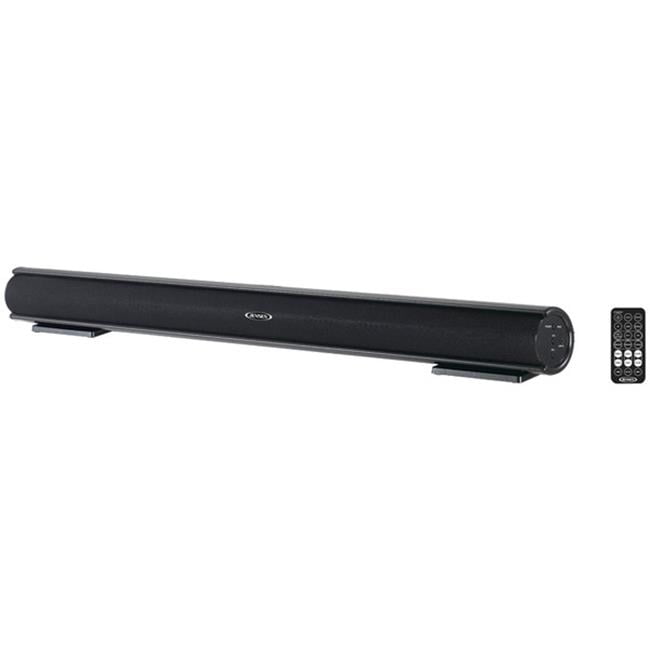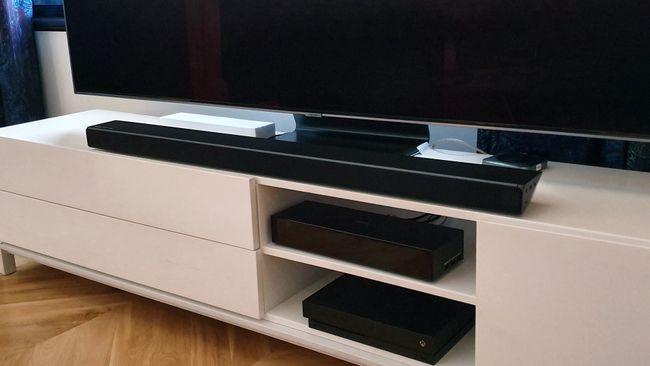

TVs that offer onboard Bluetooth audio often compensate on their own for any latency.

Modern TVs automatically compensate for Bluetooth latency Watch a music video, on the other hand, and you’ll hate the out-of-sync experience. As long as the stream is steady and there are no dropouts, you won’t notice the latency because there’s no visual element linked to it. If you’re using Bluetooth only to stream music, latency is much less of an issue. In a worst case scenario, you’re stuck with the previously mentioned latency of 150 milliseconds.

#Bluetooth soundbar delay tv
You’ll find them in newer devices, but having one inside your headphone is of little benefit if your TV is outfitted with an older radio (and vice versa). And while aptX LL is great, it’s not universally supported. Both of those scenarios, however, depend on the transmitting device and the receiving device having those capabilities. And newer iterations of Bluetooth–version 5.0 and above–have a feature that automatically negotiates latency. Converting a digital audio signal to an analog waveform you can hear takes just a couple of milliseconds, but transmitting audio from one place to another takes time: 40 to 50 milliseconds using a low-latency codec such as aptX LL.
#Bluetooth soundbar delay manual
Please contact the provider or check the manual of the set-top box.

Press the “Home”/“Settings” button and select: Change the audio delays settings in the TV.Switch the audio delays settings in the TV to “Off”.In case the sound comes from an external sound system (not the TV speakers), like an HTS: Press the “Home” or “Settings” button on the remote control of the TV and select:.By turning Game/PC mode “ON”, it will take the TV a few milliseconds more to process the video.


 0 kommentar(er)
0 kommentar(er)
